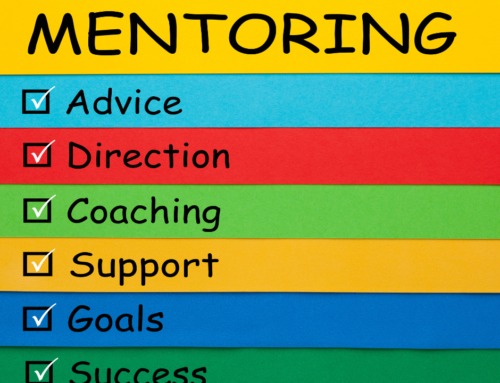Storytelling and the Art of Listening
Stories bring us together. And storytelling, as well as listening, is an art that is worth mastering.
Have you noticed how unexpectedly drawn you are to someone when they start to tell a story? Or how people around you become suddenly attentive when you recount a particular experience from your own life? Stories help us understand other people and their unique perspectives.
Human Nature Loves A Story
It is in our human nature to magnetize to stories and the “teller of the tale.” Quite simply, and this is by no means an earth-shattering revelation, we see ourselves and our experiences reflected in the stories people share. Similarly, we become enamored with movies, novels, or songs.
It’s not until we take the time to listen to others that we begin to grasp the richness and uniqueness of another person’s life. Quite often, we are left marveling at how unexpectedly similar their experience is to our narrative.
Your Workplace Needs A Good Story
Workplaces can benefit from colleagues’ storytelling. Sharing their stories allows us to “see” perspectives that matter to them.
Stories help us to learn and empathize with other people as we come to understand (or try to understand) their point of view. At work, stories can be especially helpful. Stories can open us up to our coworkers’ life experiences and perceptions, which offer useful insights into how they are likely to think and feel about work-related matters.
Your workplace can reap the benefits of a healthy and empathetic work environment, and stories about ourselves can help nurture that.
Leaders Can Encourage and Facilitate Storytelling by Listening
How can employers and managers facilitate opportunities for coworkers to learn about one another?
Hearing a co-worker’s personal experience should be considered an honor. It is our duty as listeners to show respect when this privilege has been given to us.
Let’s look at how we can listen – and truly hear our coworker, family member, or the next-door neighbor as we chat over the lawnmower this summer.
How to Listen to the Telling of a Tale
-
Show that your interest is authentic.
If you are genuinely interested, then show it. Demonstrate an attitude of authenticity to the person and what they are saying. Show through your body language and verbal affirmation (“really?”, “hmmm”) your genuine appreciation for the story. Be an active listener. Be expressive.
-
Nothing is more important than trust.
Trust is paramount for the storyteller. Try to allow others to see that you can be trusted. People will feel comfortable opening up to you if they are encouraged to do so and feel safe.
You can help to establish a relaxed and comfortable atmosphere that will be conducive to the sharing of personal experiences.
-
Ask questions
Questions are an invitation for the story to continue. They show you are doing more than just listening; You’re engaged, and closely following the story.
There are two approaches to asking questions. An open question will invite people to share more, whereas asking a closed question (the type that results in yes or no answers) will bring the conversation to a quick end. Closed questions don’t help good conversation.
By asking questions, you are also prodding the story along. Some people may not need any prodding whatsoever, while others rely on this type of encouragement to continue sharing. We are all different, so gauge and adjust depending on the type of person.
-
A good listener is an engaged one.
Sharing our personal stories with a profoundly emphatic listener can be a profound experience. It is powerful and freeing to know others are hearing us. So, be a curious, caring listener who is engaged in every word.
One way to show that you are engaged as a listener is to reflect on what is shared. Briefly summarize what you hear in your own words. By doing so, you will demonstrate that you are genuinely processing and empathizing.
Body language is just as important. Maintain eye contact with the person and show appropriate facial expressions. Body language indicates our engagement and interest. Be natural. Smile a soft smile.
5. Not interrupting
We all know that it is rude to interrupt, but so many of us are guilty of it. Sometimes—often— without even being aware of doing so. One of the best gifts we can give to others is the gift of being a good listener, by not interrupting.
Few things can be worse or as unintentionally rude in a conversation than a person who habitually stops you from continuing. Don’t be that person.
Our life experiences consist of stories; they define us all. Our personal stories have the potential to bring us together in unexpected, beneficial ways.
So, when an opportunity for a story presents itself, embrace it.






